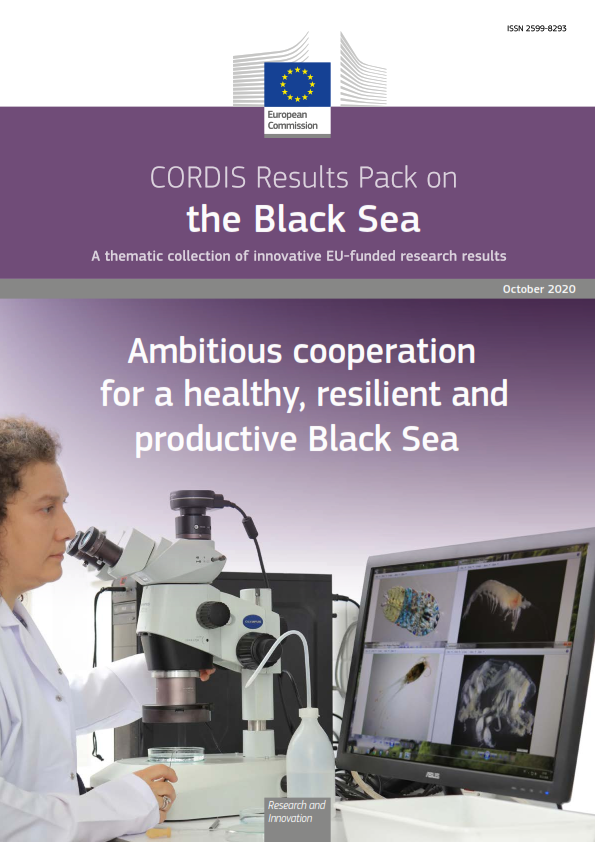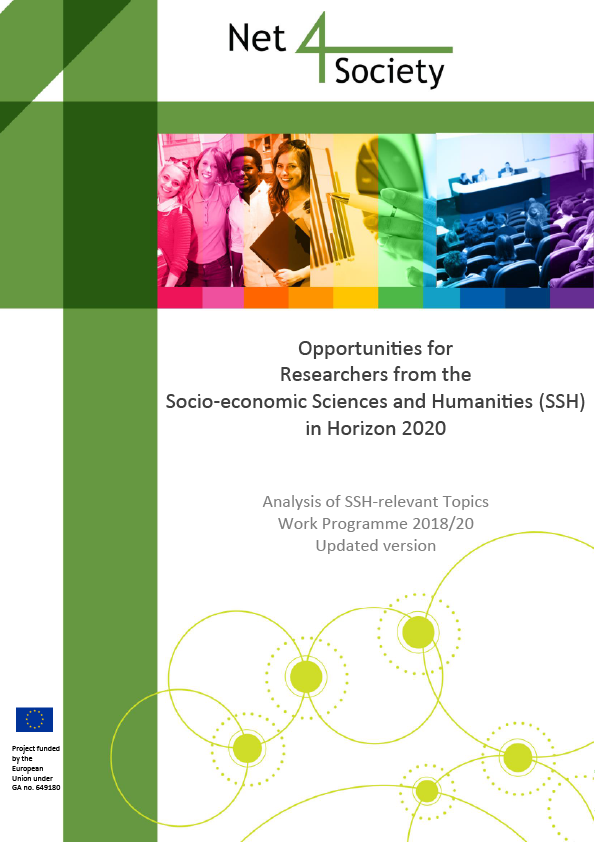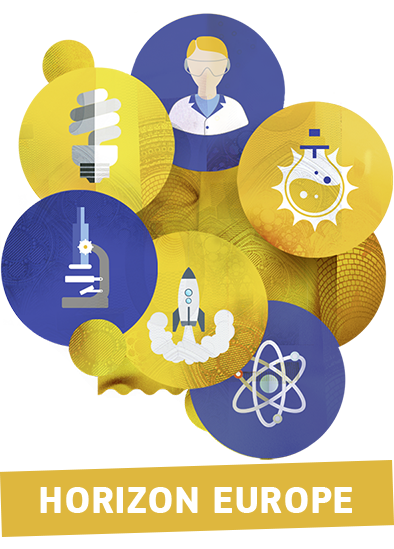Main pillar:
- Secure, Clean and Efficient Energy
Budget:
Currency:
Call deadline:
Statut:
- Open
Description:
Specific Challenge:
The technologies that will form the backbone of the energy system by 2030 and 2050 are still in the research and development cycle and need to be fully developed before they could fully demonstrate their potential value in our future energy system. It is crucial that these new technologies show evidence of promising developments and do not represent a risk to society.
Scope:
At least one of the following technology-specific challenges has to be addressed in 2016:
- Photovoltaics: Developing next-generation increased efficiency high-performance crystalline silicon c-Si PV cells and modules: c-Si technology holds a dominant share of the PV market and is expected to continue playing a central role for PV industry for some time in the future. The challenge is the development of advanced high-performance c-Si cells and modules based on novel architectures and/or processes which tackle efficiency limitations while improving cost-effectiveness[[A related activity is supported under topic NMBP 19-2016 "Advanced materials solutions and architectures for high efficiency solar energy harvesting", included in the work programme of 'Leadership in enabling and industrial technologies – Nanotechnologies, Advanced Materials, Biotechnology and Advanced Manufacturing and Processing', in which the focus lies on the materials and materials combinations.]]. It is necessary to demonstrate device designs and fabrication processes of technologies with efficiencies higher than 25% at cell level and above 21 % at the module level and at the same time pilot manufacturing readiness at a competitive cost.
- Concentrated Solar Power (CSP): Innovative components and configurations for CSP plants: In spite of cost reductions in recent years, cost competitiveness remains a crucial barrier to the deployment of CSP plants. Several concepts with a potential for cost reduction are being explored. It is necessary to validate in relevant environment the feasibility of these concepts. Significant improvements with regard to one or more of the elements of a CSP plant (heat transfer fluids which can be used for direct thermal energy storage[[A related activity is supported under topic NMBP 19-2016 "Advanced materials solutions and architectures for high efficiency solar energy harvesting", included in the work programme of 'Leadership in enabling and industrial technologies – Nanotechnologies, Advanced Materials, Biotechnology and Advanced Manufacturing and Processing', in which the focus lies on materials.]]; the solar field; high temperature receivers allowing for new cycles) are needed to reduce the cost of this technology.
- Solar Heating and cooling (SHC) [[Activities addressing this challenge contribute to the PPP on Energy-efficient Buildings.]]:Innovative components for solar compact hybrid systems: It is necessary to improve the cost competitiveness, performance and acceptability of solar compact hybrid systems (heating systems combining a solar system and a backup-heater), addressing developments needed in the areas of improved components, easier installation (plug and play), improved control and operation methods, compact and simplified design. Single family homes and/or multifamily homes and/or public buildings are particularly challenging targets, requiring assessing the implications for the user in terms of operation and maintenance of the system.
- Wind energy: Advanced control of large scale wind turbines and farms: The current progress in wind energy like larger wind turbines and farms, floating offshore wind, but also specific geographical challenges, require the development of advanced control strategies to improve efficiency and to further reduce the cost of wind energy as well as to increase the value of wind energy by improving the response to power system disturbances or electricity market conditions. While one of the primary challenges to be addressed is the development of new controls systems that treat the entire wind plant as a controls optimization problem it is also needed to optimize energy capture for individual assets with the wind-turbine-centric controls and to develop a better understanding of the wind resources and better wind forecasting methods. The overall challenge is to design an integrated approach to advanced operation of a wind turbine and/or farm, to improve performance for new and operating wind power plants and improve control of the wind turbine and/or farm, reducing the failure rate and therefore resulting in less operation and maintenance.
- Ocean Energy: Increased performance and reliability of ocean energy subsystems: The priority for the ocean energy sector is to increase significantly the performance, reliability and survivability (15-20 years target) of ocean-energy devices developing solutions based on alternative approaches, sub-systems and materials. An integrated research and development approach is needed to reach maximum impact for the whole sector, and to make ocean energy commercially attractive for investors. The challenge resides in an improved understanding of component failure and low reliability in current ocean-energy devices, and in the development of ocean energy devices of improved performance, contributing to reduce the cost of ocean-energy. A fundamental challenge to be addressed is the development of novel and advanced reliable prime mover (e.g. system blades, pitch and hub for TECs and device structure for WECs) and the development of novel and advanced power take-off and control systems, converting mechanical energy from prime mover into grid compliant electricity.
- Hydropower: Environmentally friendly hydropower solutions: There is a need to improve the understanding of river ecology and the relation to river regulation. The challenge is to provide reliable knowledge based on high quality quantified data sets and suitable methods, models and devices allowing policy makers and hydropower plant designers and operators to take decisions on the ecologic compatibility of planning and operating hydropower stations. To meet the overall objective of self-sustaining fish populations, measures such as habitat improvement, nature based environmental flows, sediment management (spawning area), and fish passage facilities or their combination may be implemented. To identify the most cost-effective measures or their-combination, it is necessary to include systematic investigations on selected power stations in various Member States of different climatic and ecologic conditions, identify fish species most at risk from hydropower projects. At the scale of the power plant the establishment of the correlations between design parameters of the plants and turbines respectively the survival rates for selected, representative species are needed to create models for fish mortality which should be verified at selected stations and assessed by testing/validating suitable prototypes/devices. Obtaining these data is fundamental to enable decision makers on all levels to plan, commission and operate hydropower plants with full respect of ecological regulations band policies and to meet the Water Framework Directive requirements.
- Geothermal Energy: Shallow geothermal (low temperature) Improving borehole heat exchangers: Cost-effectiveness and efficiency of geothermal systems for heating and cooling in individual or multiple (i.e. district heating) installations can be improved introducing new and more efficient materials. Increased efficiency of heat exchangers will bring costs down and increase the attractiveness of geothermal energy for heating and cooling applications. The challenge is to develop new materials and systems to improve the efficiency of borehole heat exchangers by increasing the heat exchanged with the surrounding ground and water to make geothermal sources for heating and cooling more economically attractive.
- Combined Heat and Power: Development of highly-efficient, low-emission medium- and large-scale biomass-based CHP systems. CHP has a high potential for heat and electricity production in particular for decentralised applications. However, the challenge is to increase both technology performance and resource efficiency, while reducing environmental impacts. Cost effective, robust and low emission (both CO2 NOx and particles) medium and large-scale industrial CHP (>1MW) with high thermal and electrical efficiency and increased high-temperature heat potential up to 600°C need to be developed allowing the use of a wider base of solid, liquid or gaseous sustainable biomass and recovered feedstock. Ash use or removal, as well as ash challenges during combustion, requires particular attention. A significant step forward in the technology efficiency together with a reduction in resource consumption and reduced emissions is needed, to deliver reduced costs, both operation and maintenance, and increased attractiveness of renewable heating.
- RES integration in the energy system: RES system support functions for the future energy system:In a future European energy scenario with very high shares of renewables (up to 100%) in the energy mix, system support functions that are provided today by synchronous generation will need to be provided by renewable generation or procured from third parties. RES should significantly contribute to a more stable operation of the future energy system, allowing growing percentage of renewable sources to displace traditional dispatchable generation. The challenge is to define and develop system support functions or ancillary services for the contribution of different RES technologies to stable and safe energy system operations in the best technical and economic way. Development and validation of system support functions from renewables, provided at transmission and distribution grid level, is needed; there is also a need to define the most suitable pathways to include the identified functionalities needed into the different RES development roadmaps, staggering their development in parallel to the development of the network connection codes.
Proposals should address one or more of the technology-specific challenges described above. Combining renewables areas, when new innovative ideas could bring breakthrough, is welcome, but the proposal should have a clear focus on at least one of the technology specific challenges. The proposals should bring technology solutions to TRL 4-5 (please see part G of the General Annexes) at the end of the action.
Environment, health and safety issues shall be considered in all developments and appropriately addressed.
Proposals shall explicitly address performance and cost targets together with relevant key performance indicators, expected impacts, as well as provide for development of explicit exploitation plans.
Technical issues, synergies between technologies, regional approaches, socio-economic and environmental aspects from a life-cycle perspective (including public resistance and acceptance, business cases, pre-normative and legal issues, pollution and recycling) need to be appropriately addressed wherever relevant. As in many cases, renewable energy projects are part of complex ecosystems, with links to broader environmental, socioeconomic and livelihood issues that are of particular relevance to local communities, multidisciplinary research designs that integrate contributions also from the social sciences and humanities are encouraged.
The Commission considers that proposals requesting a contribution from the EU of between EUR 2 to 5 million would allow this specific challenge to be addressed appropriately. Nonetheless, this does not preclude submission and selection of proposals requesting other amounts.
Expected Impact:
Further to what mentioned for the specific technologies, proposals focusing on the technology specific challenges a) to h) should address all the general impacts listed below:
- Reduce the technological risks for the next development stages;
- Significantly increased technology performance;
- Reducing life-cycle environmental impact;
- Nurturing the development of the industrial capacity to produce components and systems and opening of new opportunities;
- Contributing to the strengthening the European industrial technology base, thereby creating growth and jobs in Europe;
- Reducing renewable energy technologies installation time and cost and/or operational costs, hence easing the deployment of renewable energy sources within the energy mix;
- Increasing the reliability and lifetime while decreasing operation and maintenance costs, hence creating new business opportunities;
- Contributing to solving the global climate and energy challenges.









